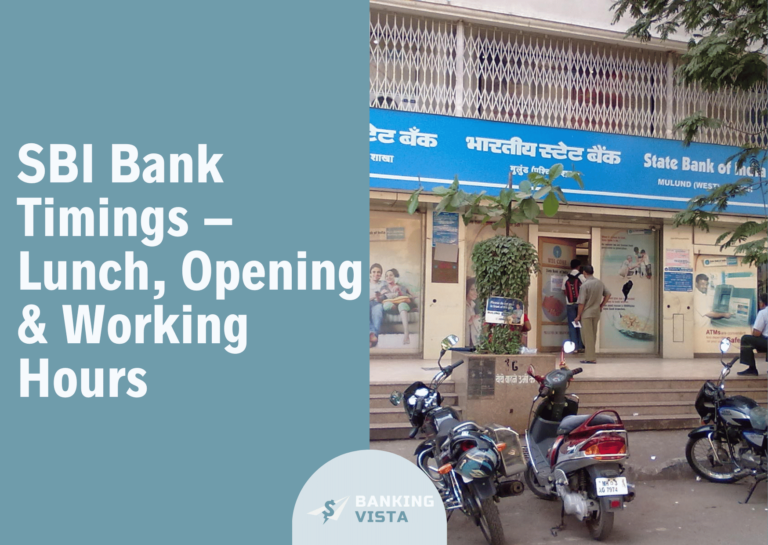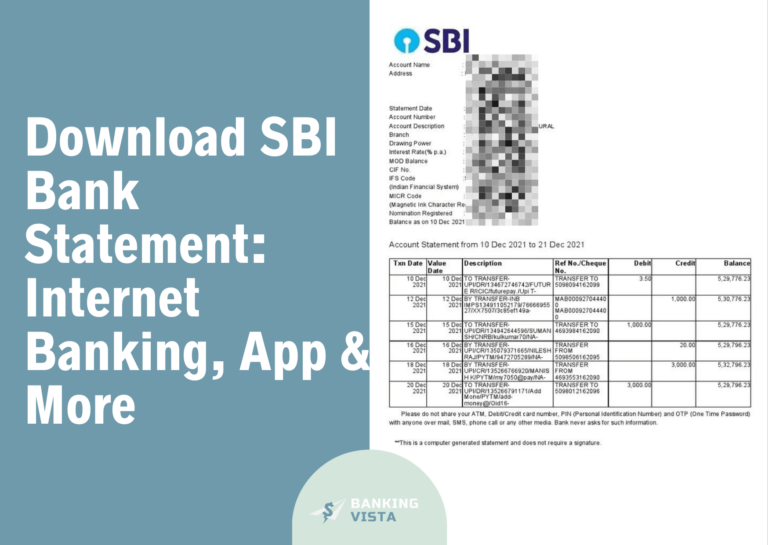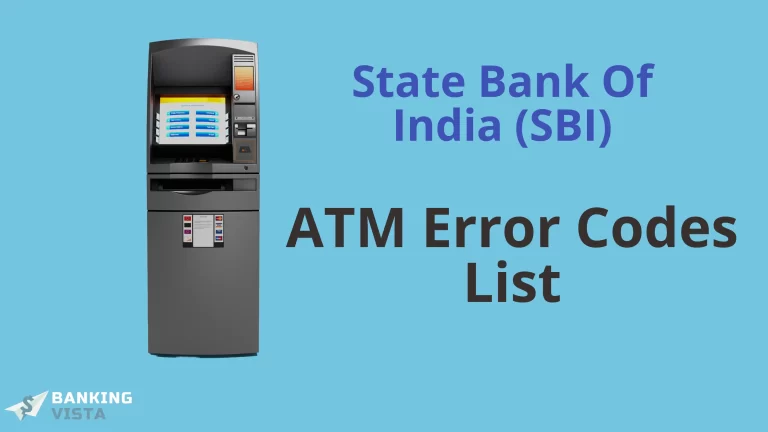The history of State Bank of India starts from the establishment of Bank of Calcutta in 1806. Later in 1921, Bank of Calcutta merged with Bank of Bombay and Madras to form Imperial Bank of India which was nationalised in 1955 and named as State Bank of India.
The State Bank of India (SBI) was established in 1955 as a nationalised bank and now has a market cap of Rs 667,650.22 crore. Initially, it was established as the Bank of Calcutta. SBI is currently headed by Dinesh Kumar Khara since 2020.
Later, it evolved into SBI, with many mergers, and portrayed a fascinating institutional growth. Today, it stands high as the largest and oldest public sector bank, spanning across the entire nation and beyond international borders.
In this exploration of the history of SBI, you can find the details of its establishment, navigate through its transformative journey, and examine its current position in the banking sector.
History of State Bank of India (SBI)
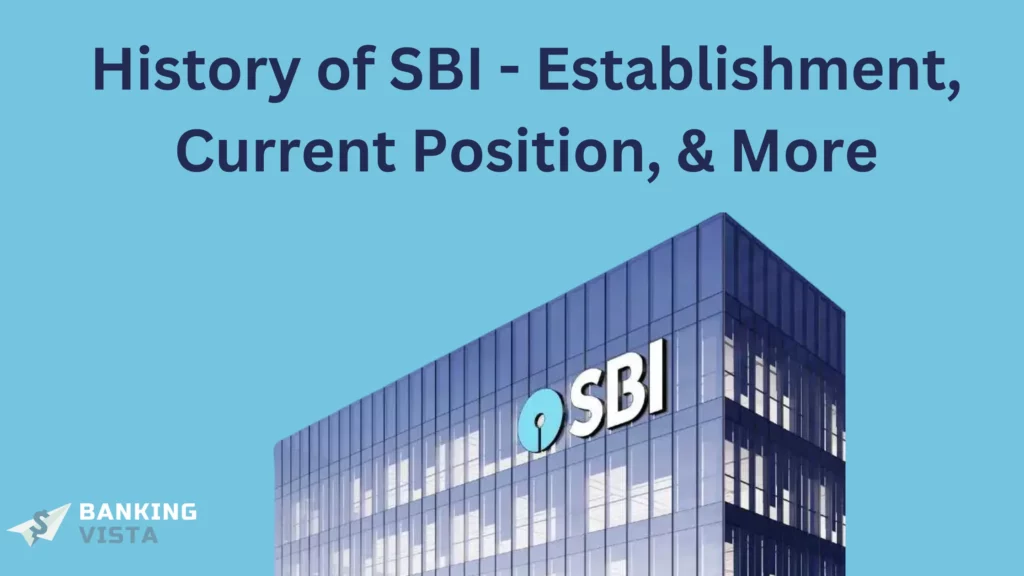
The history of the State Bank of India (SBI) spans over two centuries. Let’s start with its early foundations.
Early Foundations:
The roots of SBI start with the establishment of the Bank of Calcutta in 1806. In the following years, the Bank of Bombay and the Bank of Madras were founded. All these three banks were operated independently until 1921.
Merger and Formation of Imperial Bank of India (1921):
In the year 1921, the banks of Calcutta, Bombay, and Madras were required to form one single Bank, Imperial Bank of India this Bank served as the central bank for the next 30 years.
Nationalization and Emergence of State Bank of India (1955):
In 1955, the Imperial Bank was nationalised and renamed as State Bank of India to promote the banking service to every corner of the country to foster economic development.
Expansion and Diversification:
In the following decade, SBI started opening many branches across the country, including the remote areas. The bank also diversified and got into IT services with retail banking, corporate banking treasury operations, and International Banking.
Merger with Associate Banks (2017):
In 2017, SBI merged with five other associate banks (State Bank of Bikaner & Jaipur, State Bank of Hyderabad, State Bank of Mysore, State Bank of Patiala, and State Bank of Travancore). It is one of the largest banking networks in India.
SBI Headquarters

| SBI Offices | Location and The Number |
| Corporate Centre | Mumbai (Location) |
| Local Head Offices | 17 (Number) |
| Zonal Offices | 101 (Number) |
| Foreign Offices | 208 in 36 countries |
Subsidiaries of State Bank of India
SBI Capital Markets Limited
Subsidiary of the State Bank of India, India’s premier investment banker, which has been at the forefront of providing comprehensive financial services for the last seven decades.
SBI Capital Markets Limited (SBICAPs) is recognised as a Market Leader in Project Advisory, Capital Markets, and Debt Capital Markets through unique, winning, and innovative strategies.
SBI Cards and Payments Services Limited (SBICPSL)
SBI Cards and Payments Services Limited (SBICPSL) is a non-banking financial company that provides credit card services to individuals and corporations in India and abroad. It is a subsidiary of the State Bank of India, in which the latter holds a 69.51 percent stake.
SBICPSL offers a broad range of credit card products utilizing technology for better customer service delivery.
SBI Life Insurance Company Limited
The SBI Life Insurance Company Limited (SBILIFE) is a leading listed life insurance company in the country that was set up in 2001.
With a wide array of individual as well as group insurance solutions through their Savings, Protection, Pension, and Health products, the company caters to various customer needs.
The company has built one of India’s strongest distribution networks, including bancassurance with State Bank, the country’s largest partner; and a large agent network.
SBI General Insurance Company Limited
SBI General Insurance Company Limited, initially a joint venture between SBI and IAG International Pty Limited, achieved a milestone as the first non-life insurer in India to surpass ₹6,000 Crores in a decade.
Following divestments, SBI holds 70%, and Napean Opportunities LLP and Honey Wheat Investments Ltd have acquired former partner IAG’s stake.
SBI SG Global Securities Services Private Limited
SBI SG Global Securities Services Private Limited (SBI-SG), a joint venture between the State Bank of India and Societe Generale, prioritizes top-notch custodial and fund administration services.
With 65% SBI ownership, it started operations in 2010, reporting a Net Profit of ₹61.96 Crore on March 31, 2020, compared to ₹34.45 crore in 2019, accumulating a profit of ₹141.86 crore.
SBI Foundation
SBI Foundation, established in 2015 by the State Bank of India, operates as a Section VIII company under the Companies Act (2013).
Dedicated to CSR activities, it focuses on the socio-economic well-being of marginalized communities.
With a commitment to ‘Service Beyond Banking,’ the foundation spent ₹14.65 crores in FY2020, with grants totaling ₹27.81 crores, ensuring ongoing support for transformative initiatives.
State Bank of India – Current Position
Today, the State Bank of India is the largest public sector bank with many branches and a presence in various financial segments.
| S. No. | Name | Designation | Under Section of SBI Act 1955 |
| 1. | Shri Dinesh Kumar Khara | Chairman | 19(a) |
| 2. | Shri C.S. Setty | Managing Director | 19 (b) |
| 3. | Shri Ashwini Kumar Tewari | Managing Director | 19 (b) |
| 4. | Shri Alok Kumar Choudhary | Managing Director | 19 (b) |
| 5. | Shri Vinay M Tonse | Managing Director | 19 (b) |
| 6. | CA Ketan S Vikamsey | Director | 19 (c) |
| 7. | Shri Mrugank M Paranjape | Director | 19 (c) |
| 8. | Shri Rajesh Kumar Dubey | Director | 19 (c) |
| 9. | CA Dharmendra Singh Shekhawat | Director | 19 (c) |
| 10. | CA Prafulla P Chhajed | Director | 19 (d) |
| 11. | Smt. Swati Gupta | Director | 19 (d) |
| 12. | Dr Vivek Joshi | Director | 19 (e) |
| 13. | Shri Ajay Kumar | Director | 19 (f) |
Interesting Facts About State Bank of India
Oldest Banknote: SBI has the distinction of issuing the world’s largest and oldest banknote. The note, issued in 1948, featured a portrait of George VI and a denomination of 10,000 rupees.
Green Banking: SBI is committed to environmental sustainability. It has implemented various eco-friendly practices, including using solar power in some branches and adopting green banking initiatives to reduce its carbon footprint.
Bank with a Heart: SBI has been involved in numerous social initiatives. It has pioneered projects like the ‘Gift Hope, Gift Life’ campaign, encouraging organ donation and supporting causes related to health and education.
Unique Corporate Headquarters: The State Bank of India is headquartered in Mumbai and is an architectural marvel. The building is designed in the Indo-Saracenic style and stands as a symbol of the bank’s heritage and influence.
Record-breaking IPO: SBI’s life insurance arm, SBI Life, had one of the most substantial IPOs in India’s history in 2017. It raised over ₹8,400 crores, making it one of the largest insurance IPOs in the country.
Blockchain Initiatives: SBI has explored blockchain technology for various applications, including streamlining its Know Your Customer (KYC) process and enabling more efficient trade finance operations.
International Recognition: SBI has gained international recognition for its achievements. It was ranked as the 43rd largest bank in the world by total assets in 2021, according to The Banker’s Top 1000 World Banks ranking.
The Story Behind the State Bank of India Logo
The State Bank of India (SBI) logo, also known as the SBI Blue Wheel, has undergone several transformations over the years. Each element holds significance:
Initial Logo: When the bank was first established as the Bank of Calcutta in 1806, it used a simple logo featuring the bank’s name.

Imperial Bank of India Logo: After the merger of the Bank of Calcutta, Bank of Bombay, and Bank of Madras in 1921 to form the Imperial Bank of India, a new logo was introduced. It featured a Bengal tiger, symbolizing strength, and a palm tree, representing prosperity.

State Bank of India Logo: When the Imperial Bank of India became the State Bank of India in 1955, a new logo was introduced. This logo featured a keyhole symbolizing safety and the integral role of the bank in securing people’s money. The keyhole was often accompanied by a supporting icon, such as a semi-circle or a wheel, representing progress.
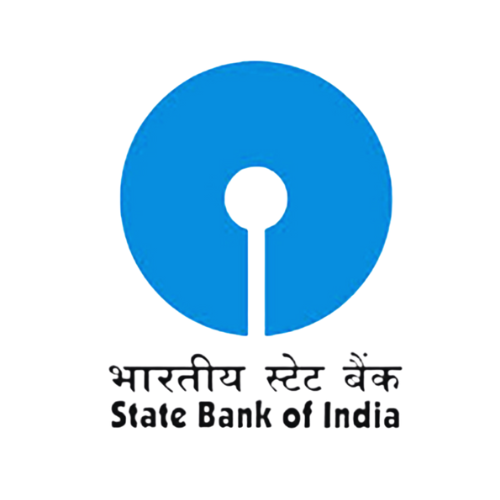
Modern SBI Logo: The current SBI logo was introduced in 2006 on the occasion of the bank’s bicentennial celebration. It features a blue circle with a small cut at the bottom, resembling an incomplete wheel. The wheel represents progress and continuity, while the cut suggests a forward-moving dynamism and a break from the past. The blue colour represents trust, loyalty, and integrity.
This logo was first unveiled on Oct. 1, 1971 and was designed by Shekhar Kamat, a NID, Ahmedabad Alumni.
Digital Transformation:
SBI embraced digital banking like no other and swiftly introduced online and mobile banking services, making their banking services more accessible and convenient to customers.
The current SBI bank timings can vary depending on the region but the digital banking can be accessed from anywhere in the world using an active internet connection.
Frequently Asked Questions (FAQs)
What is the old name of the State Bank of India?
The State Bank of India was originally established as the Bank of Calcutta in 1806. It went through several name changes over the years. After the merger of the Bank of Calcutta, Bank of Bombay, and Bank of Madras in 1921, it became the Imperial Bank of India. Finally, in 1955, it was nationalized and became the State Bank of India (SBI).
Who was the first chairman of SBI?
John Mathai was the first chairman of SBI.
What is Bharat InstaPay?
Bharat InstaPay is a UPI-based payment platform started with the collaboration of BSNL and SBI to enable all BSNL partners to purchase services for sale.
Why is it the ‘State’ Bank of India and not the ‘National’ Bank of India?
The term ‘State’ in the State Bank of India does not refer to any specific state within the country. Instead, it denotes that the bank is a state-owned enterprise, with the government having a significant ownership stake. The term ‘national’ is not used in the name, but the bank functions at the national level and is one of the largest and most prominent banks in the country. The name reflects its ownership and nationwide presence rather than being limited to a particular state.
What is the minimum amount required to open a current account in the State Bank of India?
The minimum amount required to open a current account in the State Bank of India varies depending on the type of current account. Generally, it can range from a few thousand to several thousand rupees. It’s advisable to check with the bank or visit the official website for the most accurate and up-to-date information.
SBI In The Latest News
Slight Dip in SBI Cards Shares Amidst Moderate Trading Activity
SBI Cards and Payment Services Ltd. shares traded slightly lower, down 0.42%, with 249,760 shares changing hands. The stock opened at Rs 721.1, reaching an intraday high of Rs 724.6 and a low of Rs 714.2. Over the past 52 weeks, the shares have ranged from a high of Rs 932.35 to a low of Rs 699.15.
SBI Economic Research Report: India’s GDP Surges to 8.4% in FY24 Q3
The State Bank of India’s Economic Research Department, in its report titled “When 8 cent becomes the new normal,” unveils insights into India’s Economic Landscape. India’s remarkable 8.4% GDP growth in the third quarter of FY24, attributed to effective policy frameworks, defies expectations. Projections for FY24 indicate a 7.6% GDP growth and 6.9% Gross Value Added.

